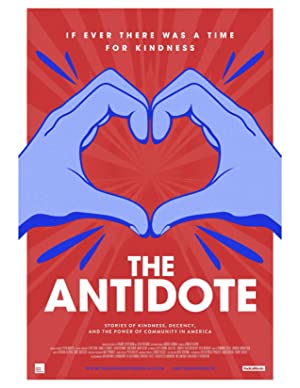

Many reasons are likely… promotion, maybe personal issues or a bad manager or PR person.

One-hit-wonders are just that, and the sad thing is why artists who have had such hits never are able to repeat their success. This is a key to the success an artist has, and the promotion of their material.

Most people will not recall most of the songs posted in this area, and they were not really big sellers nor experienced great radio airplay. In the end, what is a rare or great song to one is just a run-of-the-mill record to another. The age and actual sonic quality are also major factors, and even the best digital resources cannot make Gary ‘U.S.’ Bond’s Quarter to Three sound like it was recorded in a modern studio! (It wasn’t.) Where some feel their ‘album’ or some 45 is really valuable, keep in mind it is only valuable to someone familiar with the song and willing to pay for it! I have owned a few such records, and it varies as to what such value is. Not every record is a hit, and frankly, the odds are most are duds when they are released, and if the song is good that another artist will record it later and their ‘cover’ will be the one people remember! With thousands of songs each year and in the past, most fall by the wayside. No 50s are programmed, and not because I dislike the 50s… just never experienced many songs first-hand, and since many of us are in our 60s and 70s now, we likely never heard many of the mid 50s songs nor helped to make them hits! My radio days began in 1971 on Long Island, and went through the mid to late 80s, and while I have heard many of these obscure songs, many others were just simply never played nor heard at all in larger metro areas like New York, Chicago and LA. I have well over 4,000 songs programmed from 1960 through the mid 80s (no 50s) and all were charted hits. I have been planning a new web station called ‘Not the Same Oldies’, which will be launching early next year. There are examples, such as “Different Drum,” by The Stone Poneys featuring Linda Ronstadt, that were modest hits in America but did nothing in the UK and the rest of the world. We have picked 67 of what we think are the great lost 45s from the 60s, and we suspect that many of you will not have heard the vast majority of them. No sales, no chart success no chart success, no enduring memory of many of the songs on our list. In the ensuing decades, radio stations have usually programmed their “oldies” playlists based on chart success. The result of all this? Lots of great 1960s music slipped through the radio sifting process, and have become lost over time. The pirate radio stations helped a little to redress the balance, but there have always been 24 hours in a day, and that means only so many 45 got played across the world. In Britain, the weirdness of needle time, which, up until 1967, prevented the BBC playing too many records, in order to protect musicians’ jobs (go figure), meant that even fewer records got played. Success depended on getting a single on the radio, and then getting it on heavy rotation to convince people to go out and buy it. Hundreds of millions of singles were sold every year in the 60s, and while there was a great deal more million-sellers back then, there were also many more records released. By the time The Beatles came along, the 45 was selling in vast numbers – at least for some artists. The 78rpm shellac discs competed for much of the 50s, but finally lost out to the 45 in the early 60s, as every home, seemingly, had a record player on which you could stack seven or eight 45s to play in sequence.

While you’re reading, listen to our Lost 60s playlist here. Come the following decade, hundreds of millions of singles were being sold, making the 7” single the format of choice for much 1960s music. Singles were everywhere, played on radio, put onto jukeboxes, and, more importantly, bought in their millions by fans. As rock’n’roll took hold during the 50s, so did the 45. Country music was green, for example inexplicably, R&B was orange, rather than blue. Before 45s there were 78s, and it wasn’t until 1949 that RCA released the first 45 when they did, they were pressed in colored vinyl to reflect the music. When we say “singles,” in the context of music, we immediately think of those little 45rpm records in brightly colored bags.


 0 kommentar(er)
0 kommentar(er)
